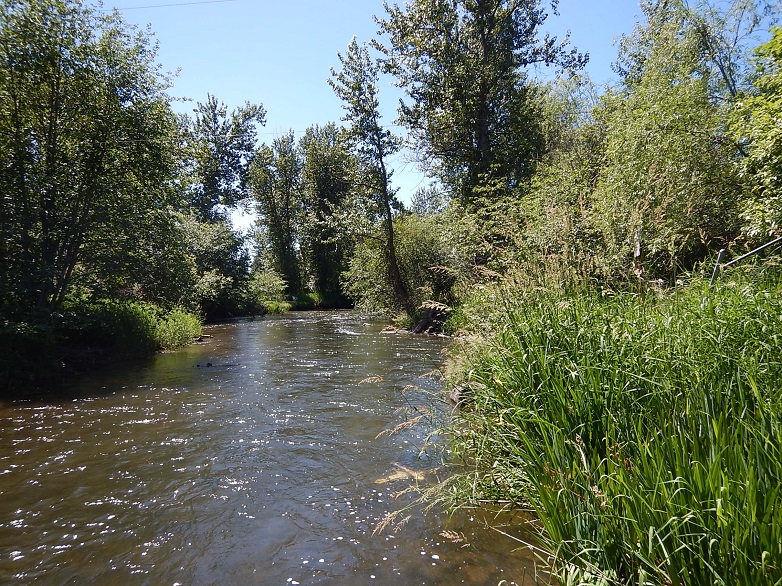SPOKANE –
Some water users in the Little Spokane River basin will have to curb their consumption if lower water levels persist this season.
The river is flowing near the state’s minimum summertime rate of 115 cubic feet per second, according to current measurements. Warming weather and less runoff indicate the volume of water could dip below the minimum, leading to restrictions on how much water can be diverted from the river.
The Washington Department of Ecology sent letters to 172 junior water rights holders last week, warning that they’ll need to stop outside irrigation if the minimum volume isn't met.
The Little Spokane River watershed includes about 675 miles within Spokane, Stevens and Pend Oreille counties. While stream-flows naturally vary depending on the season and from one year to the next, the basin hasn’t fallen below minimum levels for several years and Ecology hasn’t issued restriction notices in the watershed since 2015.
Ecology is required to protect senior water rights and stream flows to meet the needs of people, farms and fish. When restrictions become necessary, a curtailment order directs junior water users to a hotline number they can call to learn whether they’re allowed to divert or withdraw water for irrigation on a particular day. Curtailment orders typically remain in effect for the duration of an irrigation season.
Ecology staff are available to answer questions and provide technical assistance to help property owners in the basin comply with water rights rules.
“Often, people don’t know that they’re violating the law,” said Jaime Short, water resources section manager for Ecology’s Eastern regional office in Spokane. “When we contact them about a problem, they’re usually very willing to make changes to bring themselves into compliance. That’s how the vast majority of our issues in the watershed get resolved.”
Find the latest information on flows and water right interruption on Ecology's river and stream flow monitoring page.
Department of Ecology News Release - August 5, 2019


